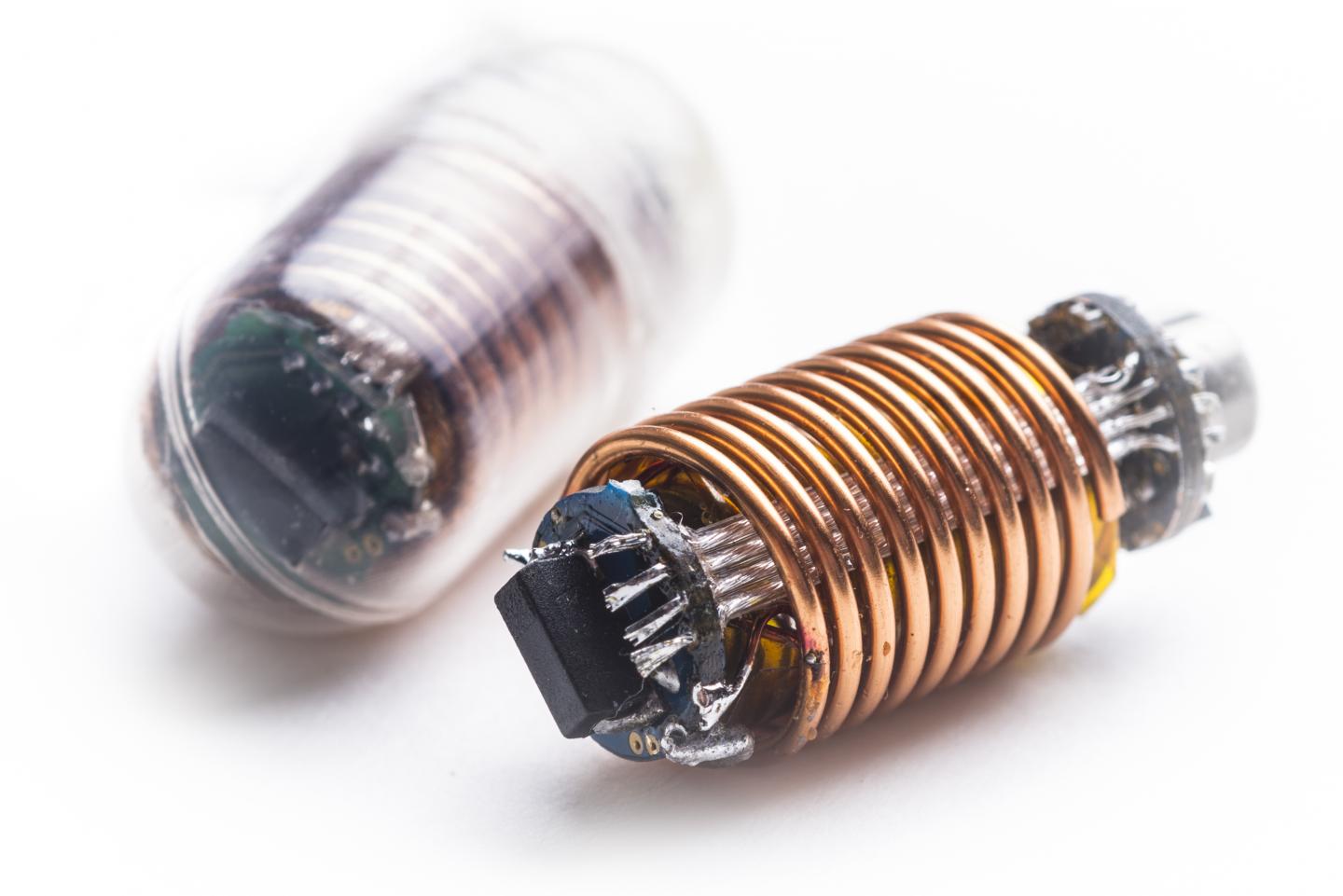Didier Merlin’s team at the US Dept. of Veteran’s Affairs along with researchers from Georgia State University and from two Chinese universities have published more research on what they are calling, GDNPs, or ginger-derived nanoparticles. (See my Sept. 8, 2016 posting for my first post about ginger nanoparticles and the US Dept. of Veterans Affairs.)
Ginger, well known for relieving nausea, may soon be able to claim another health benefit according to a Sept. 6, 2016 news item on ScienceDaily,
Edible ginger-derived nano-lipids created from a specific population of ginger nanoparticles show promise for effectively targeting and delivering chemotherapeutic drugs used to treat colon cancer, according to a study by researchers at the Institute for Biomedical Sciences at Georgia State University, the Atlanta Veterans Affairs Medical Center and Wenzhou Medical University and Southwest University in China.
A Sept. 6, 2016 Georgia State University news release (also on EurekAlert), which originated the news item, describes both the situation with colorectal cancer in the US and the research,
Colorectal cancer is the third most common cancer among men and women in the United States, and the second-leading cause of cancer-related deaths among men and women worldwide. The incidence of colorectal cancer has increased over the last few years, with about one million new cases diagnosed annually. Non-targeted chemotherapy is the most common therapeutic strategy available for colon cancer patients, but this treatment method is unable to distinguish between cancerous and healthy cells, leading to poor therapeutic effects on tumor cells and severe toxic side effects on healthy cells. Enabling chemotherapeutic drugs to target cancer cells would be a major development in the treatment of colon cancer.
In this study, the researchers isolated a specific nanoparticle population from edible ginger (GDNP 2) and reassembled their lipids, naturally occurring molecules that include fats, to form ginger-derived nano-lipids, also known as nanovectors. To achieve accurate targeting of tumor tissues, the researchers modified the nanovectors with folic acid to create FA-modified nanovectors (FA nanovectors). Folic acid shows high-affinity binding to the folate receptors that are highly expressed on many tumors and almost undetectable on non-tumor cells.
The FA nanovectors were tested as a delivery platform for doxorubicin, a chemotherapeutic drug used to treat colon cancer. The researchers found that doxorubicin was efficiently loaded into the FA nanovectors, and the FA nanovectors were efficiently taken up by colon cancer cells, exhibited excellent biocompatibility and successfully inhibited tumor growth. Compared to a commercially available option for delivering doxorubicin, the FA nanovectors released the drug more rapidly in an acidic pH that resembled the tumor environment, suggesting this delivery strategy could decrease the severe side effects of doxorubicin. These findings were published in the journal Molecular Therapy.
“Our results show that FA nanovectors made of edible ginger-derived lipids could shift the current paradigm of drug delivery away from artificially synthesized nanoparticles toward the use of nature-derived nanovectors from edible plants,” said Dr. Didier Merlin, a professor in the Institute for Biomedical Sciences at Georgia State and a Research Career Scientist at the VA Medical Center. “Because they are nontoxic and can be produced on a large scale, FA nanovectors derived from edible plants could represent one of the safest targeted therapeutic delivery platforms.”
Here’s a link to and a citation for the paper,
Edible Ginger-derived Nano-lipids Loaded with Doxorubicin as a Novel Drug-delivery Approach for Colon Cancer Therapy by Mingzhen Zhang, Bo Xiao, Huan Wang, Moon Kwon Han, Zhan Zhang, Emilie Viennois, Changlong Xu, and Didier Merlin. Molecular Therapy (2016); doi:10.1038/mt.2016.159 Advance online publication 13 September 2016
This paper is behind a paywall.
